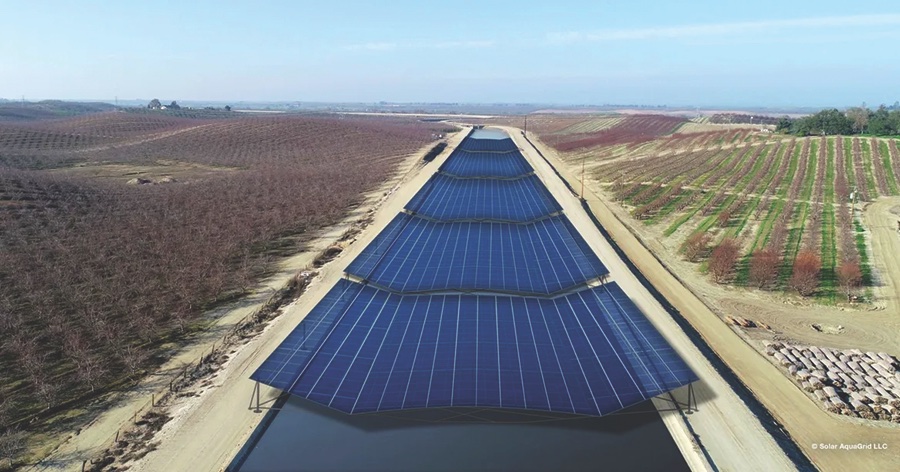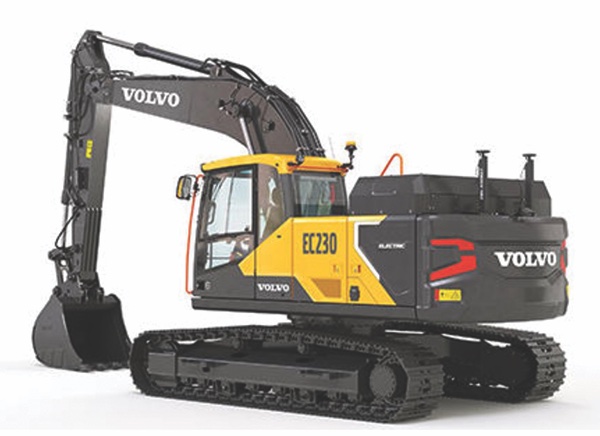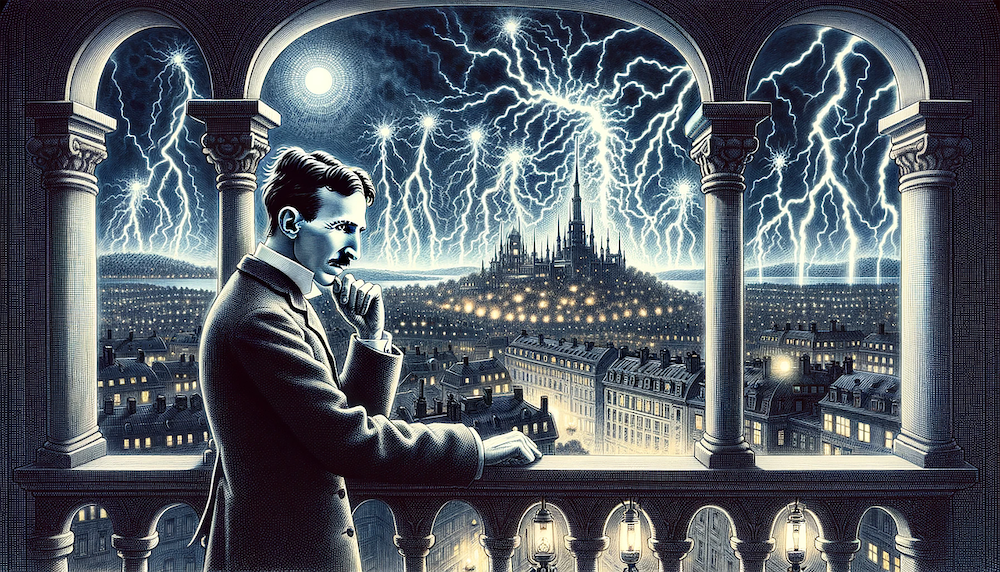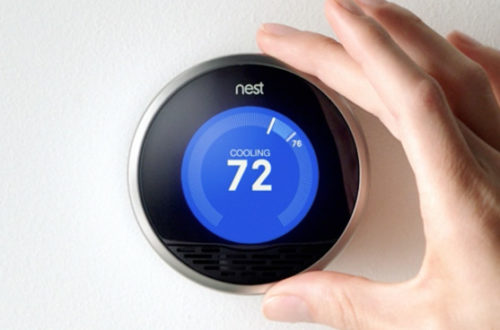Bill Mollison, of permaculture fame, made a rather profound observation: “Though the problems of the world are increasingly complex, the solutions remain embarrassingly simple.”
Applying his words to the problem of climate change, climate scientists and millions of concerned individuals agree that the solution is simple: stop burning fossil fuels and switch everything to electric power. It is a simple solution but a massive global undertaking to make it happen.
It is happening and so we bring you a few items that caught our attention in the months since our Summer issue.
Solar Arrays on Canals

Some 8,000 miles of federally owned canals snake across the United States, channeling water to replenish crops, fuel hydropower plants, and supply drinking water to rural communities. In the future, these narrow waterways could serve an additional role: as hubs of solar energy generation.
More than 125 climate advocacy groups, led by the Center for Biological Diversity, recently sent a letter to the U.S. Department of Interior calling on the agency to deploy solar over its 8,000 miles of canals and aqueducts.
According to the letter, Such a move would generate over 25 gigawatts of renewable energy — enough to power nearly 20 million homes — and reduce water evaporation by tens of billions of gallons. To come up with the national numbers, the groups extrapolated from previous research led by the University of California, Merced, that analyzed the potential benefits of covering California’s 4,000 miles of canals.
For more info: bit.ly/3q5imWD
For more info: bit.ly/45yMNDF
Geothermal Breakthrough

Well test results at Fervo Energy’s commercial pilot project confirm record production of 24/7 carbon-free enhanced geothermal energy at its full-scale commercial pilot, Project Red, in northern Nevada.
The successful well test confirms the commercial viability of Fervo’s drilling technology. It establishes Project Red as the most productive enhanced geothermal system in history. The 30-day well test enabled 3.5 MW of electric production, setting new records for both flow and power output from an enhanced geothermal system.
By applying oil and gas industry drilling technology, Fervo has proven that they can produce 24/7 carbon-free energy resources in new geographies worldwide.
In 2021, Fervo and Google signed a corporate agreement to develop next-generation geothermal power. The partnership’s goal is to power Google’s Cloud region in Las Vegas with an “always-on,” carbon-free resource that will reduce the company’s hourly reliance on fossil fuels.
For more info: bit.ly/3rSC34o
Construction Equipment Goes Electric

The electrification of construction equipment is underway, but there are still hurdles to overcome, especially in the medium and heavy equipment arena. However, in the mini and light classes, a wide range of machines are available from manufacturers such as Volvo, Case, JCB, Wacker Neuson, Kato, and Bobcat.
These electric models have many advantages over their diesel counterparts. Among them are:
• No toxic diesel exhaust fumes and CO2 emissions.
• Quieter in residential areas and school and hospital zones
• Without emissions, they can operate indoors
• Cheaper to operate and maintain.
Both Volvo and Caterpillar are testing medium size all-electric models of excavators ( 20+ tons). Both Caterpillar and John Deere offer hybrid electric drive systems for some larger equipment models that deliver reduced fuel consumption.
The 2030 National Charging Network: A Nationwide Assessment
With ambitious federal clean energy policies, pledges by automotive companies to transition to zero-emission vehicles, and accelerating consumer demand for electric vehicles (EVs), analysts have projected that by 2030, EVs could account for 30–42 million light-duty vehicles on the road.
A National Renewable Energy Laboratory (NREL) study has quantified the estimated number, type, and location of the chargers needed nationwide to ensure convenient, reliable, and affordable charging for all Americans.
Key Findings
The study estimates that a national network could be composed of 26–35 million ports to support 30–42 million EVs. For a mid-adoption scenario of 33 million plug-in electric vehicles, a national network could consist of 28 million ports.
Charger Types and Installation Locations:
• 1.2 million public charging ports, comprising: 182,000 fast chargers (along highways and in communities)
• 1 million Level 2 charging ports in publicly accessible locations (near high-density neighborhoods, office buildings, and retail outlets).
• 26.8 million Level 1 and Level 2 charging ports in privately accessible locations (including single-family homes, multifamily properties, and workplaces).
These figures reflect EV drivers’ preferences for convenient and cost-effective charging, primarily at home, in concert with a reliable network of public, high-power fast chargers.
View the full report here: nrel.gov/docs/fy23osti/85654.pdf






